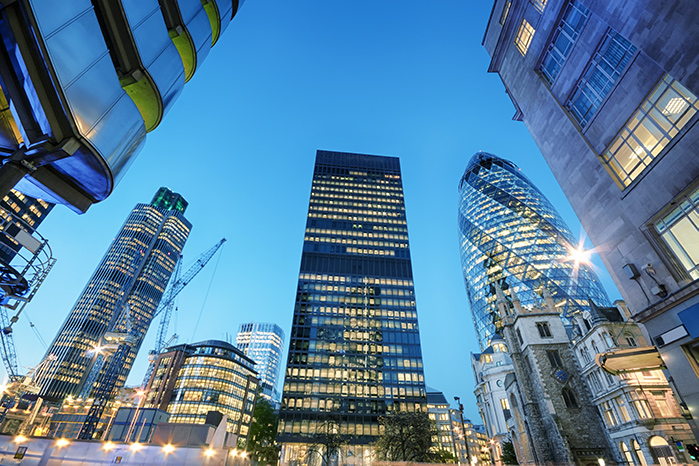Built Environment Engineering ‘Crucial’ To COP26 Pledges

World leaders attending the COP26 climate conference in Glasgow will need to prioritise decarbonising buildings to achieve their wider climate change goals, according to the Building Engineering Services Association (BESA).
The Association has drafted a ‘manifesto’ for the conference, which highlights the role of the built environment as both polluter and potential source of climate change mitigation solutions, and includes a ‘wish list’ of follow-up actions.
74% of respondents to a BESA survey said COP26 would be a ‘game changer’ for the building engineering industry and 81% said it would increase business.
“The built environment is responsible for more than 40% of global emissions so we all need to step up to the challenge, but equally, we must be part of the conversation,” said BESA chief executive officer David Frise.
The Association welcomed last week’s publication of the UK’s long-awaited Heat & Buildings Strategy, which it said offered some crucial pointers for the building engineering sector and was “a useful starting point for decarbonising heat”.
“This is an example of how detailed sector specific plans can work in tandem with the UK’s broader headline goals and is a model for how industries like ours can turn political vision into practical measures,” added Frise.
Responsibility
“Our responsibility as building services engineers is to work on the detail of delivering the vision that emerges from the Glasgow meeting. Political leaders can’t be expected to understand all of the technical details and without achievable plans, their vision will fail.”
BESA believes COP26 can be a catalyst for greater investment in built environment measures and create a moral context for sustainability including delivering the UK government’s ‘levelling up’ agenda.
However, it said national governments should consult industry bodies who can help them with the delivery of specific solutions and avoid creating regulation that leads to unforeseen consequences. It cited the example of increasing building insulation to improve energy efficiency without also promoting additional ventilation to avoid consequential problems with indoor air quality.
As well as promoting low carbon heating, ventilation and cooling technologies, the BESA manifesto also urges national regulators to focus on the full lifecycle of buildings to ensure systems are well maintained and operated. It also stresses the importance of commissioning so that buildings are set up properly to achieve their carbon reducing potential.
The manifesto stresses the need for greater investment in ‘green skills’ both through attracting new talent into the sector and upskilling existing workers and points out that achieving successful carbon mitigation strategies depends on a whole supply chain so deeper collaboration is needed.
“The built environment is both a major source of rising carbon emissions and an enabler to achieving wider sustainability goals – and governments need to acknowledge that by giving due attention to our problems and solutions,” said Frise.
“Improving the existing building stock is the key to unlocking low carbon opportunities while simultaneously improving social fairness. This is not just about business and backing the right technical horses. It is also about people – their skills and prospects – so we need a national plan of promoting engineering careers as a whole and building engineering in particular to emerge after Glasgow.”
You can read the full 'manifesto' on the BESA website here.
























































